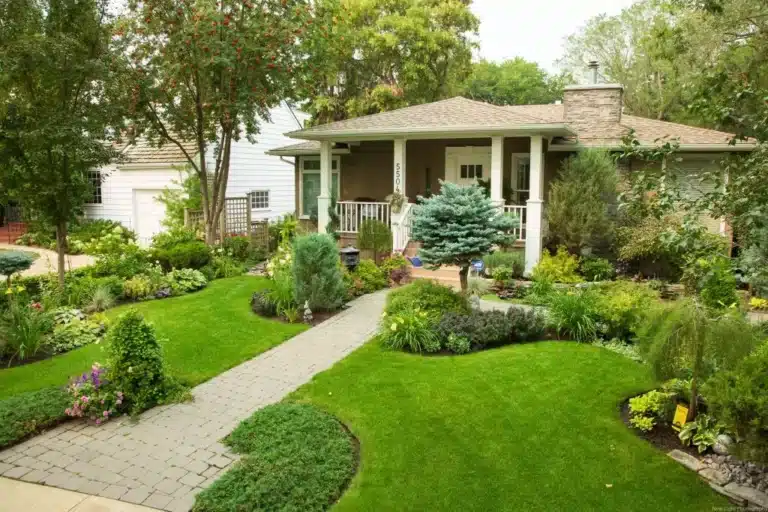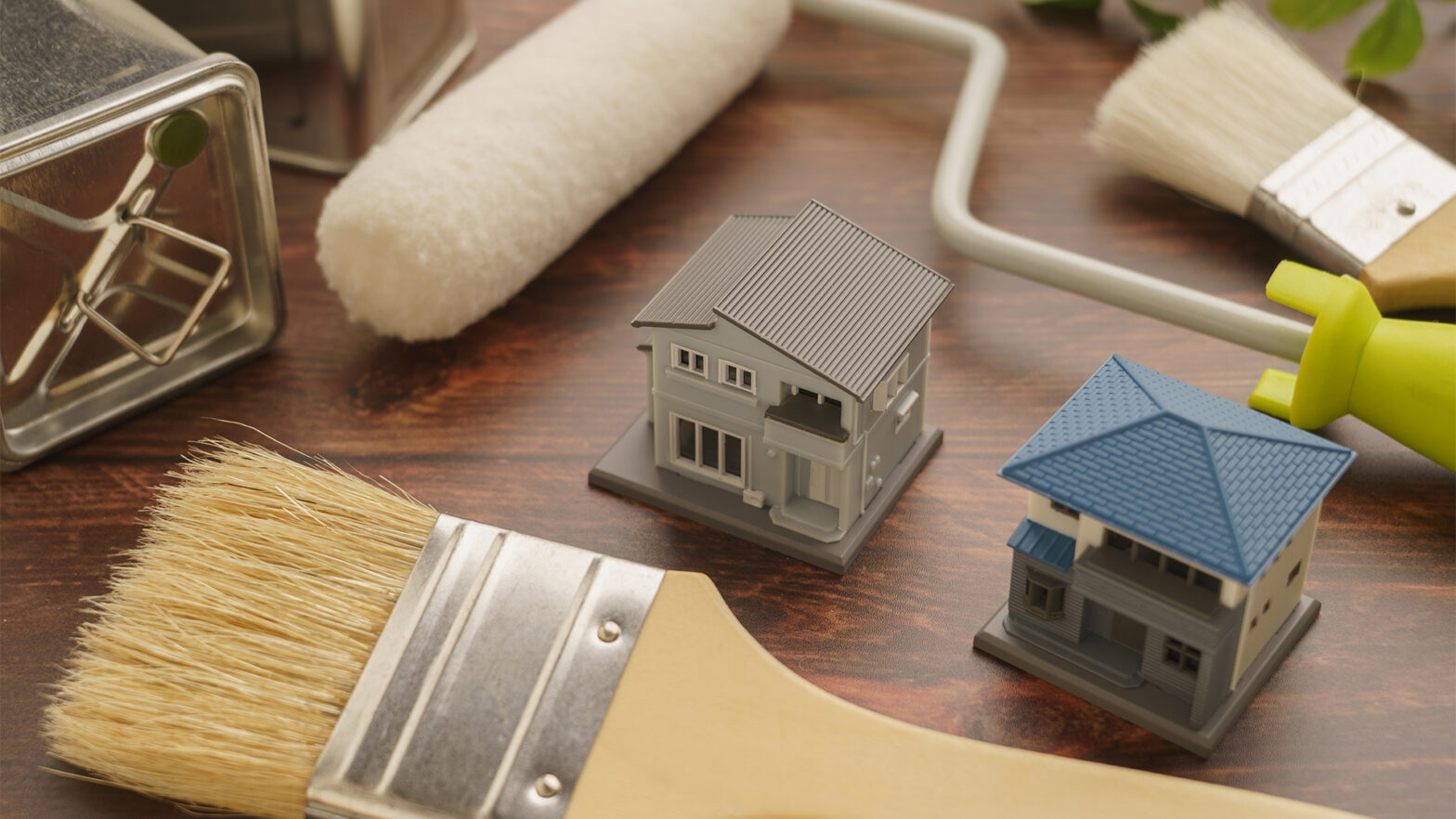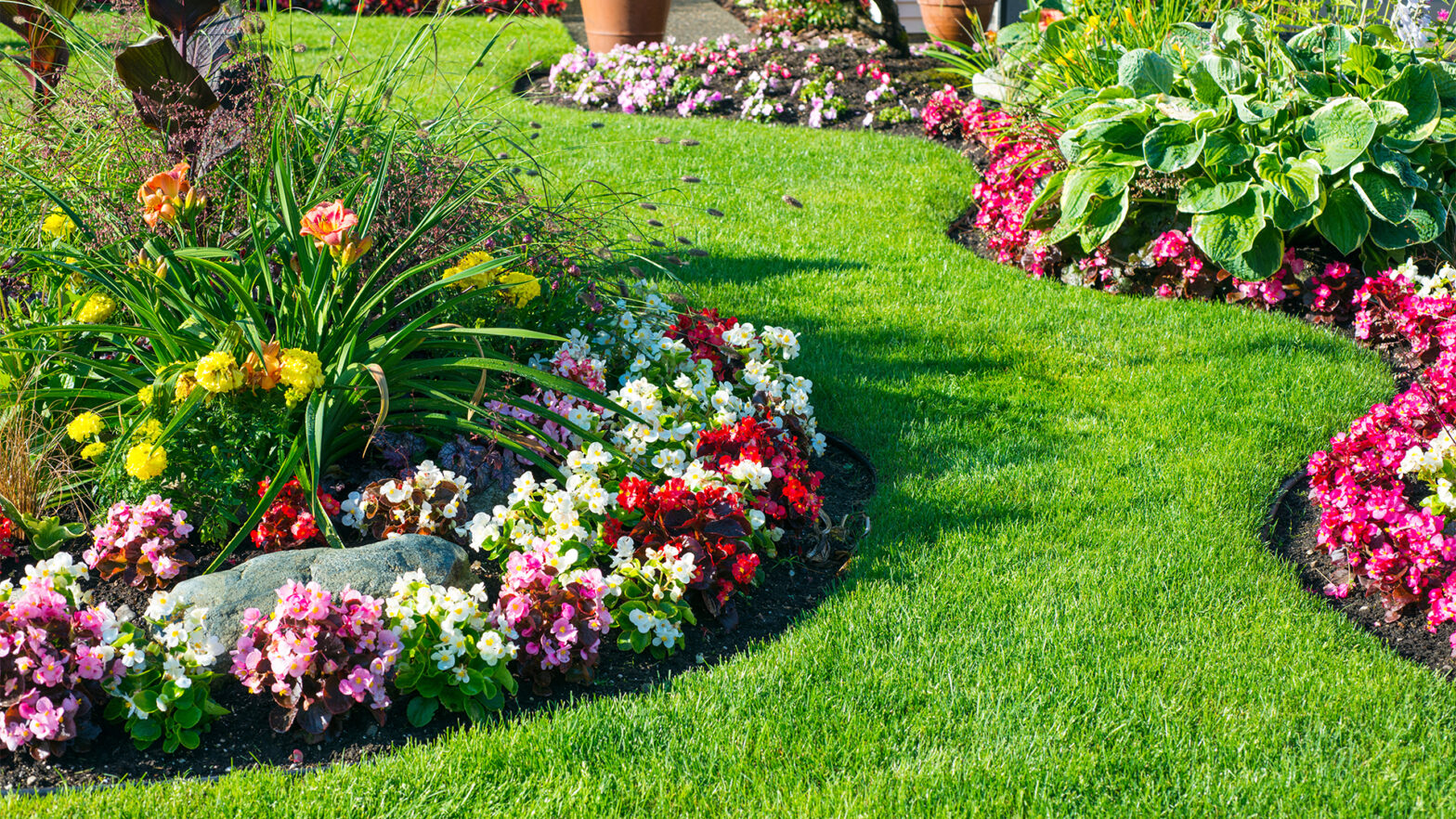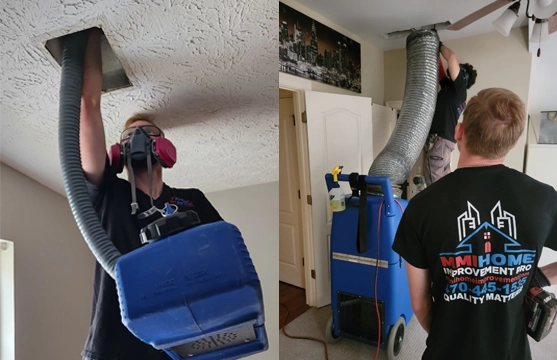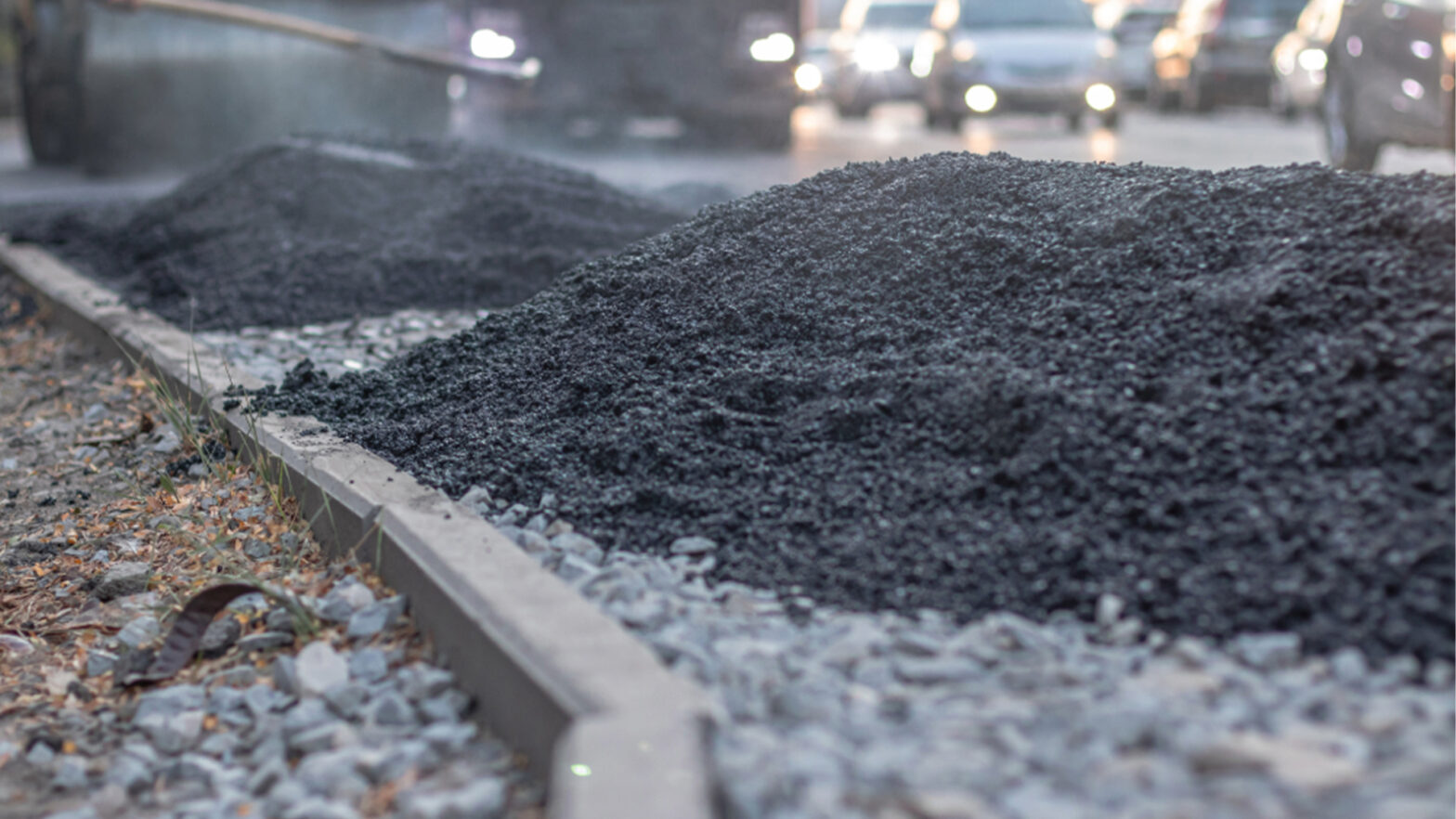In a world headed towards affording more importance to sustainability, even the real estate industry has yet to be left behind, and there are new forms of construction and environmentally friendly designs. One of them is the implementation of the recycling of antique items and the utilization of green fences when it comes to property construction. Such decisions are affordable for the environment and give individuality and appeal to the real estate objects. This article looks at the new possibilities for aesthetic appeal and sustainability in real estate through the opportunities of reclaimed antique items and green fencing.
The Rise of Sustainable Real Estate Practices
“Sustainability in real estate can be considered less of a fad and more of a requirement due to environmental pressures. The owners and developers who build houses are looking for ways to cut their carbon footprint, and using sustainable materials is crucial. The battered antique furniture and the environmentally friendly fences of these two environments are significant assets to this cause since they are fashionable and ecological. Such practices make the properties more appealing to environmentally savvy clients, creating a demand for properties with such features in the market and, thus, becoming a new norm,” says Dan Cartwright, Director of New Boiler Installation Glasgow.
Reclaimed Antiques: Adding Character and Reducing Waste
“Reclaimed old-age items entail furniture and buildings that have been recovered from waste and recycled. These items are conventionally made from superior-quality material; hence, they are recycled into new projects, eliminating the exploitation of new resources. Applying reclaimed antiques in real estate not only keeps the historical treasures but also enhances the character and sometimes goes beyond the replacement in modern buildings. Every single item has a story to tell and thus adds character to a property that cannot be created by new items produced in large numbers. Rubber Madrid antiques do not consist merely of the typically beautiful old wood used for a new barn door or the divider that opens and closes like a door; reclaimed finely distressed antiques also consist of lights that bring character, such as antique lighting in a new kitchen,” says Jason Scott, Installation Director at Boiler Installation Ayrshire.
Environmental Benefits of Reclaimed Materials
“The use of reclaimed antiques for environmental improvement is quite apparent. On the same note, reusing or recycling current materials decreases the need to harvest new raw materials, thus preserving natural resources and energy. Also, the identified materials can be reused to prevent them from getting to landfills, cutting the ecological footprint of construction works. Creating new material, particularly in large volumes, requires much energy and, in the process, leads to the emission of greenhouse gases. Developers and homeowners can significantly reduce these emissions using reclaimed items,” says Zack Goekjian, Managing Partner at Precision Fenceworks. In addition, using reclaimed materials is usually associated with less processing and transporting than other products.
Incorporating Reclaimed Antiques in Interior Design
“Reclaimed items easily fit into an interior design scheme, making the area historic and unique. These can be incorporated as the central part of the design or form part of relatively minor decorative decors that complement the given piece of reality. Such items can be used by interior designers because there is nothing as comforting as having used items; it provides the house with a homely feel, which cannot easily be achieved even when you buy new products. For instance, a table made from reclaimed wood will quickly become a focal point for dining, and antique tiles will decorate a contemporary bathroom. These elements not only give the space sophistication but also involve the architectural design in the history and culture of the society,” says Arman Minas, Director at Armstone.
The Aesthetic Appeal of Eco-friendly Fence Materials
“Gardening is one of the core assets of real estate that creates barriers, security measures, and aesthetics in homes. In addition to boosting the land’s aesthetic value, using environmentally sound fence materials enhances sustainable construction. One made from bamboo, recycled wood, and composite fencing has the qualities of being durable and beautiful to the eyes while still encouraging environmentally friendly products. Eco-friendly fences can also be designed to blend harmoniously with the specific style of the house, be it country or modern,” says Laura Roland, Founder of Fireside Antiques. Thus, sustainability does not have to equal ugliness. Such products are usually produced with a natural finish that helps blend the material with the neighboring environment, boosting the property outlook.
Benefits of Bamboo Fencing
“One of its materials used was bamboo, one of the most sustainable materials because it overgrows without adding pesticides or fertilizers. Bamboo fencing is environmentally friendly, more robust, and durable than most fencing materials, and looks good on any home’s exterior. It grows without in-home presence and, therefore, fits seamlessly in most environments and, at the same time, acts as a sound barrier and aesthetic. Bamboo also needs little attention regarding infestations and weather changes; the product lasts for years without maintenance. Furthermore, owing to the flexibility of the bamboo, it can be used in more elaborate ways, such as straight fences or curved fences, which, when incorporated into a property, bring out a beauty that cannot be paralleled,” says Holly Cooper Marketing Manager at Windows & Doors UK.
Recycled Wood Fencing: A Timeless Option
“Sustainable technique of wood fencing is reclaimed wood, which adds a touch of the countryside and agelessness. Because the fencing materials utilized are reclaimed redeployed woods, less wood is harvested from new sources, and more pre-existing wood is recycled. Any design of choice can be created using recycled wood fences, from traditional picket fences to modern ones. Any piece is likely to have a better natural feel and beauty because the wood has aged, and this is something that cannot be duplicated using brand-new pieces of lumber. However, using recycled timber entails sustainable forestry production,” says Carl Panepinto, Marketing Director at Midtown Flood Restoration. Hence, fewer trees will be chopped down to produce new wood.
Composite Fencing: A Durable and Green Solution
“Another application of the status of popular material for the construction of fences is composite fencing from recycled plastic and wood fibers, which cannot be considered a weak analog of a wooden fence. The option is to get a timber look without having to paint or stain the wall often, making it a prevalent and efficient type of eco-friendly fence. Composite fencing does not degrade and is tough against insects and weather conditions; thus, it proves durable. This type of fencing also comes in different colors and designs, so homeowners were only limited by their taste and environmental preferences,” says Justin Langford, Content Head, Rising Realty Partners.
The Economic Benefits of Sustainable Choices
“The peasants may obtain reclaimed antique furniture that is more expensive than newly purchased ones. Still, this decision will be relatively inexpensive in the long run, as will uniquely designed fences made of environmentally friendly materials. These materials are usually very hard-wearing. Therefore, there is less need to replace or repair them very frequently. Further, the properties incorporated with sustainable features are generally in high demand and thus sell at higher prices in the market, which protects investors and owners. Sustainable decisions also impact meeting the needs of an increasing consumer segment, which is ready to spend extra money on environmentally friendly dwellings.” says Timothy Allen, Director at Oberheiden P.C. However, the advantages of the investment have been observed in the long term, where one is likely to save a lot of money that would have been spent on frequent maintenance while, on the other hand, the property values may have appreciated, thus making the initial investment worth it.
Enhancing Property Value with Sustainable Design
“Therefore, recycling antique and ‘green’ fencing in the conceptualization of real estate projects can be used as added value propositions. This is especially true because more and more consumers are becoming conscious about their environmental footprint, making properties with green elements a massive sell. This way, the property owner can appeal to the consumer’s green conscience, resulting in faster sales and possibly even higher returns on investment. This has left the most sustainable properties as showpieces, unique in the market because of their green status and beautiful in how they are designed,” says Gerrid Smith, Head of Communications at TEXAS PROPERTY TAX LOAN PROS. Sustainability and style are two things that can increase a property’s appeal to many interested parties.
Conclusion
Eco-friendly products like recycled antiques and organic fence materials are relatively cost-effective. Besides helping to solve the world’s environmental problems, they also bring tremendous value to the properties. These resources provide a certain historical aesthetic appeal, contemporary sustainability, and cost-effectiveness; thus, they appeal to homeowners, developers, and investors. Because the clamour for green buildings intensifies in the future, these factors will be crucial in real estate as design and construction features. Thus, acknowledging the industry’s full support increased eco-conscious decisions, which lead to beauty and functionality tailored to sustainability, such as investing in properties that would ensure that properties stay wanted, valued, wise, sound, and right for the community and the environment.












